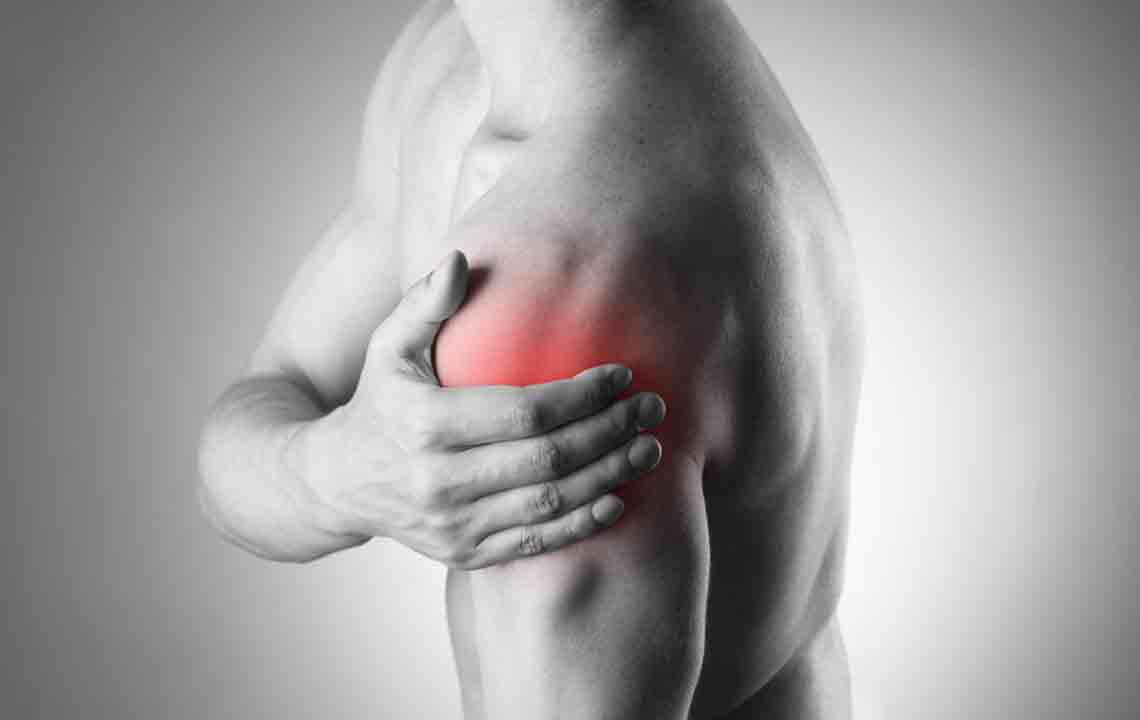Understanding Shoulder Discomfort: Causes and Effective Remedies
This article explores common causes of shoulder discomfort, including rotator cuff tendinitis, impingement syndrome, and dislocation. It reviews effective treatments such as physical therapy, medications, home remedies, and dietary recommendations, emphasizing the importance of consulting a healthcare professional for persistent or severe symptoms. Learn how to manage shoulder pain and promote healing with practical strategies and lifestyle adjustments.

Understanding Shoulder Discomfort: Causes and Effective Remedies
Shoulder discomfort can significantly affect daily activities, causing pain and limiting arm and neck mobility. The shoulder consists of three primary bones: the humerus (upper arm bone), the clavicle (collarbone), and the scapula (shoulder blade).
This joint is supported by a thick layer of cartilage and includes two main joints: the acromioclavicular joint between the scapula and clavicle, and the glenohumeral joint connecting the humerus to the scapula.
The shoulder joint boasts the highest flexibility in the body, enabling movements in multiple directions.
What leads to shoulder discomfort?
Various factors and conditions can trigger shoulder pain. The leading cause is rotator cuff tendinitis, characterized by inflamed tendons. Impingement syndrome, where tendons get pinched between the acromion and humeral head, is another common problem.
Additionally, neck or bicep injuries may cause shoulder pain. Other causes include arthritis, torn cartilage, or ruptured rotator cuff tendons. Frozen shoulder, where tendons and ligaments stiffen, makes movement painful and difficult.
Dislocated shoulders, where the humeral head slips from its socket, can also cause pain. Serious conditions like spinal injuries or heart issues may sometimes present as shoulder pain.
Effective treatments depend on the cause and severity. Options include physical therapy, slings, or surgery in severe cases. Medications such as NSAIDs help reduce inflammation and relieve pain, either via injections or oral tablets. Home remedies like applying ice for 15-20 minutes three times daily, resting, and avoiding strain can be beneficial. Maintaining a diet rich in protein, calcium, iron, and phosphorus from foods like eggs, dairy, fish, leafy greens, and meats supports healing. Persistent or severe pain should prompt a consultation with a healthcare professional.










